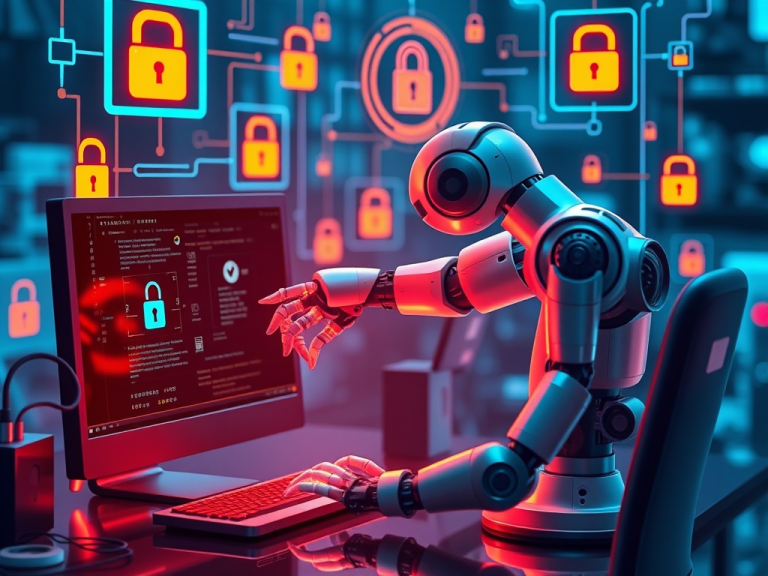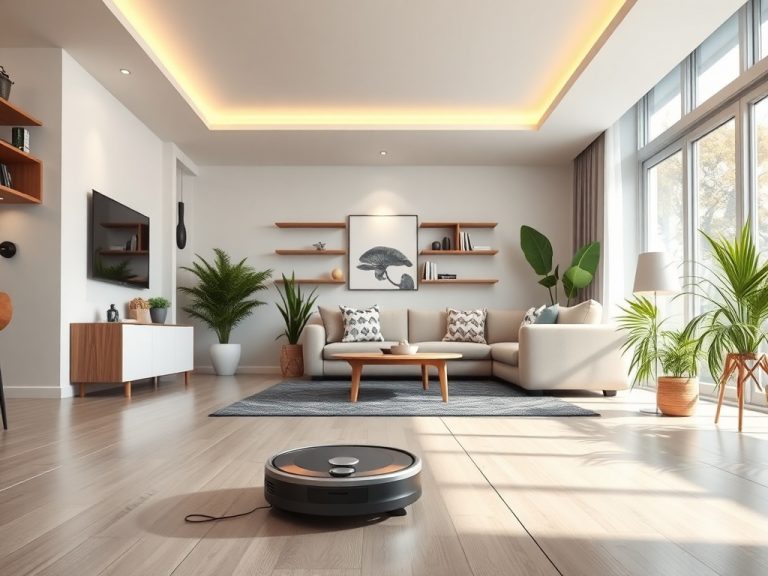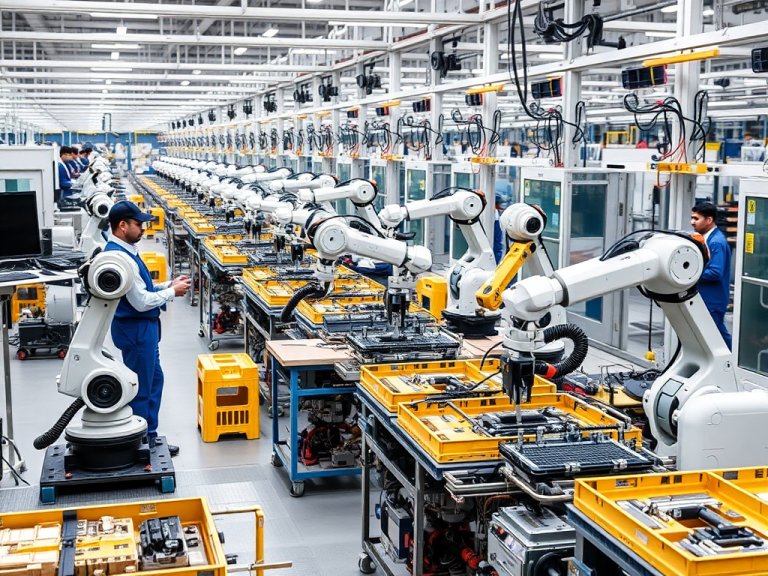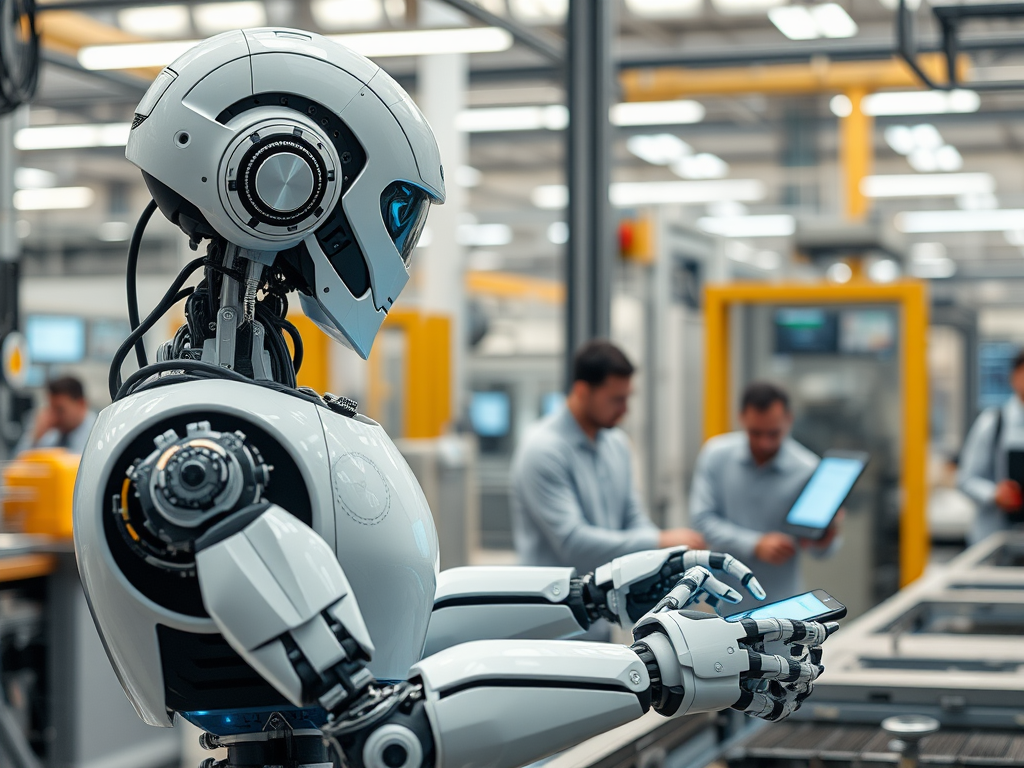
Introduction
Artificial intelligence (AI) is dramatically changing the landscape of robotics. By merging AI with robotics, we can create machines that not only perform tasks but also learn, adapt, and interact with their environments in smarter ways. This article delves into how AI enhances robotics, the various applications, challenges faced, and what we can expect in the future.
What Are Robotics and AI?
What is Robotics?
Robotics is the branch of technology that focuses on designing, building, and operating robots. These robots can perform a wide range of tasks, from simple actions like assembling parts to complex functions like navigating through unfamiliar terrain. The goal of robotics is to create machines that can assist humans or carry out tasks independently.
What is Artificial Intelligence?
AI refers to the capability of a machine to imitate intelligent human behavior. This includes processes such as learning from experiences, reasoning through problems, understanding language, and making decisions. By incorporating AI, robots can analyze data from their surroundings, enabling them to react more effectively to changes and challenges.
How AI Helps Robots
1. Perception
AI enhances a robot’s ability to perceive its environment. Using various sensors (like cameras and LIDAR), robots can gather information and interpret it. For instance, self-driving cars utilize AI to process visual data, allowing them to recognize obstacles, read traffic signs, and determine the best route. This perception is crucial for robots to operate safely and efficiently.
2. Decision Making
AI empowers robots to make quick and informed decisions based on real-time data. For example, in a warehouse setting, robots can decide the most efficient path to pick items by processing information about their surroundings and the location of products. This capability leads to faster operations and reduced errors.
3. Understanding Language
Natural Language Processing (NLP) is a branch of AI that enables robots to understand and respond to human language. This feature is particularly valuable in customer service robots, which can answer questions and assist customers. By making communication more natural, robots become more user-friendly and accessible.
4. Learning and Improvement
Machine learning is a subset of AI that allows robots to learn from their experiences. Over time, robots can analyze their performance and adjust their actions accordingly. For example, a robotic arm used in manufacturing can learn to assemble products more accurately as it practices, leading to improved efficiency and quality.
5. Working with Humans
Collaborative robots, or cobots, are designed to work alongside humans safely. AI helps these robots understand human actions and intentions, allowing them to assist effectively in various tasks. For example, in manufacturing, a cobot might help a worker lift heavy items, improving productivity while ensuring safety.
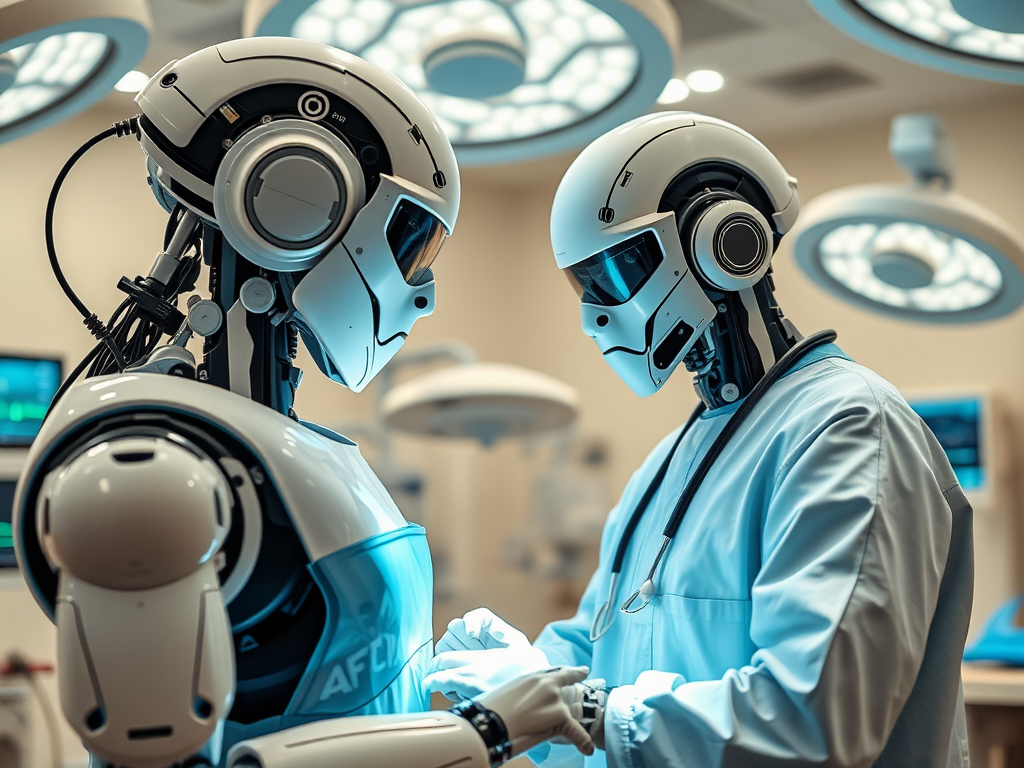
Where AI in Robotics is Used
- Manufacturing: AI-driven robots are integral to modern manufacturing. They can perform repetitive tasks with high precision, monitor machinery for maintenance needs, and even collaborate with human workers to enhance overall productivity.
- Healthcare: In the medical field, AI-powered robots assist in surgeries by providing precision and control beyond human capabilities. Other robots help with patient care, such as delivering medications or assisting with rehabilitation.
- Agriculture: Robots equipped with AI can analyze crop health, monitor soil conditions, and automate tasks like planting and harvesting. This technology helps farmers increase yields and reduce waste.
- Logistics: In logistics and supply chain management, autonomous robots streamline warehousing operations and facilitate faster deliveries. They navigate through warehouses, manage inventory, and optimize delivery routes.
- Exploration: AI-driven robots are essential for exploring challenging environments, such as deep oceans or distant planets. They gather data and perform tasks in places that are dangerous or inaccessible to humans.
Challenges of AI in Robotics
Despite the many advantages, integrating AI into robotics comes with challenges:
- Safety: Ensuring that robots operate safely around humans is a top priority. This involves developing systems that can prevent accidents and injuries.
- Privacy: AI systems often require large amounts of data to function effectively, leading to concerns about data privacy and security. Protecting sensitive information is crucial, especially in applications like healthcare.
- Technical Limitations: Current AI technologies may struggle in unpredictable environments, limiting their effectiveness in some scenarios. For example, a robot might find it difficult to navigate a cluttered space.
- Cost: Developing and implementing AI-powered robots can be expensive, which may pose barriers for smaller businesses. As technology advances, costs may decrease, but initial investments can still be a challenge.
The Future of AI in Robotics
The future of AI in robotics is filled with exciting possibilities. Here are some trends to watch:
- More Autonomy: Future robots are expected to become even more autonomous. This means they will be able to make complex decisions without human guidance, increasing their usefulness in various applications.
- Better Collaboration: As AI improves, robots will become better at working alongside humans. They will understand human behavior and intentions more accurately, leading to smoother interactions.
- Customization: Advances in AI will allow robots to be more adaptable, enabling them to perform a wider range of tasks across different industries. This could lead to robots that are tailored to specific roles in various sectors.
- Wider Use: As AI technology becomes more affordable, we can expect to see a broader adoption of AI-driven robots in homes, businesses, and public services. This could change how we live and work, making daily tasks easier and more efficient.
Conclusion
AI is transforming the field of robotics, creating smarter and more capable machines. While there are challenges to overcome, the potential benefits are significant. As AI continues to advance, the collaboration between AI and robotics will likely revolutionize many aspects of our lives, from manufacturing and healthcare to exploration and everyday tasks. The future holds exciting possibilities, and we are just beginning to scratch the surface of what is achievable with AI in robotics.
#robotics #innovations #artificialintelligence #automation #technology #AI #computing #cryptonomas
